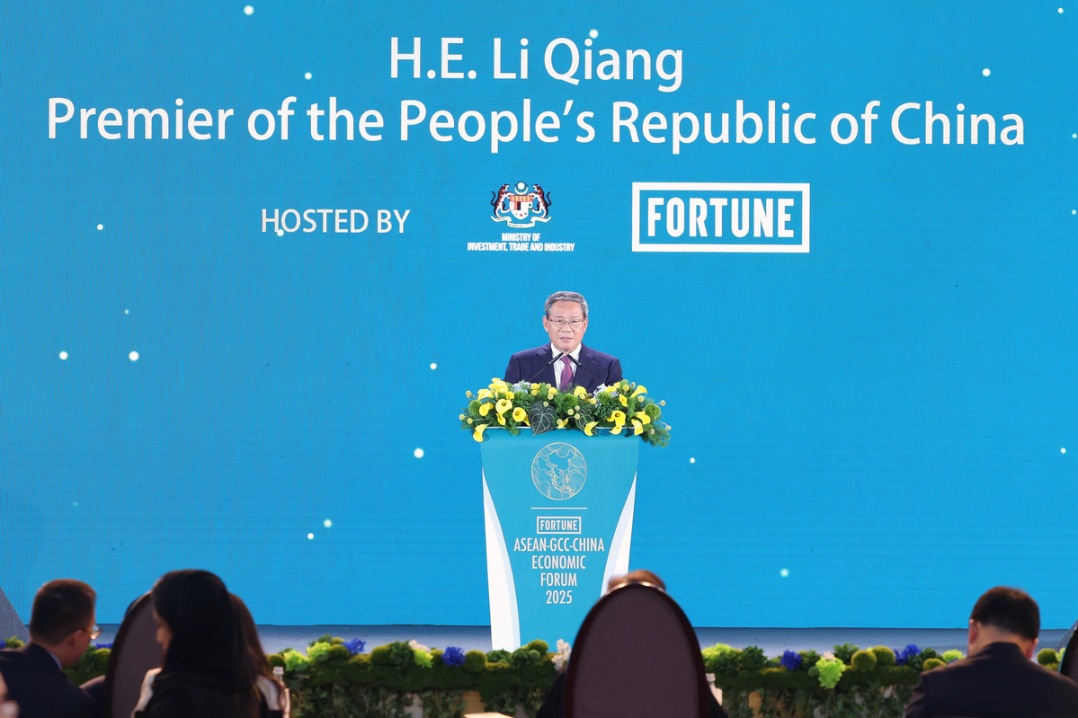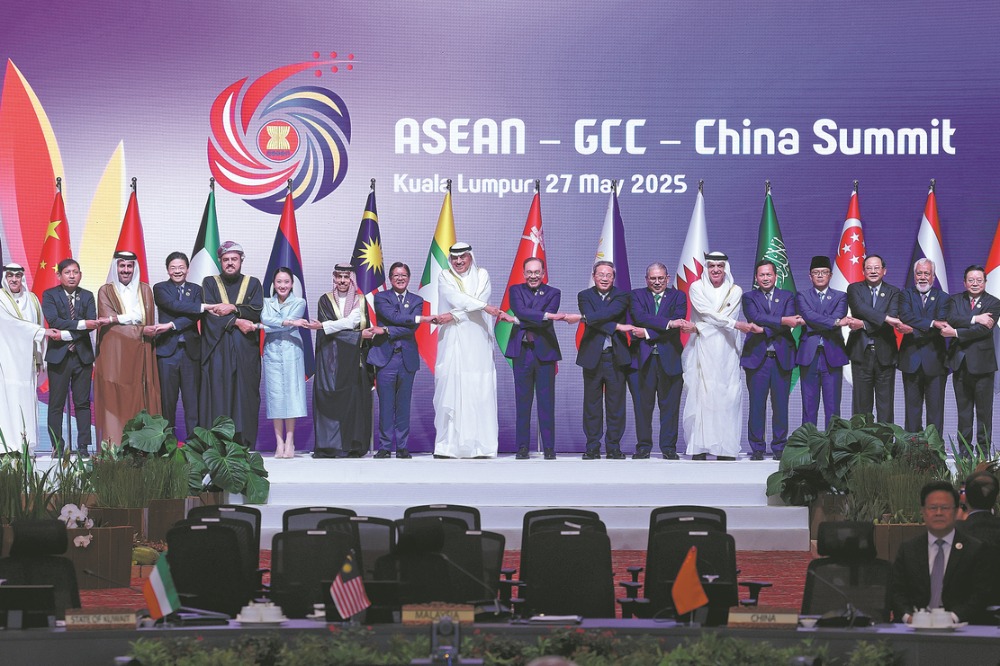Economic Watch: China's vast market unlocks opportunities for ASEAN amid global trade headwinds-Xinhua
NANNING, May 28 (Xinhua) -- At a fully automated production line in south China's Guangxi Zhuang Autonomous Region, cans of energy drinks rolled off conveyors, destined for shelves across China.
Operated by Thai conglomerate T.C. Pharmaceutical Industries Co., Ltd., this 1.3-billion-yuan (about 180.8 million U.S. dollars) facility with four automated production lines exemplifies the deepening foothold of Association of Southeast Asian Nations (ASEAN) in China's consumer market.
Launched in January this year, the plant generated 75 million yuan in first-quarter output value, matching expectations.
"China's 1.4-billion-strong market, undergoing dual upgrades in consumption and industrial chains, is unlocking opportunities for high-level opening up," said Bai Ming, a researcher at the Chinese Academy of International Trade and Economic Cooperation. "ASEAN, as our close neighbor, is uniquely positioned to share these dividends."
Despite global trade headwinds, China-ASEAN trade surged 9.2 percent year on year to 2.38 trillion yuan in the first four months of 2025, with ASEAN retaining its position as China's top trading partner, according to China's General Administration of Customs (GAC).
Guangxi, the country's gateway to ASEAN, brings this partnership to life. At a center for China-ASEAN specialty commodities in Nanning, capital of Guangxi, Singaporean specialty dishes and Thai spices sit alongside Cambodian rice -- all purchasable with a quick QR code scan.
Since its launch in 2022, the center has featured over 5,500 types of products, serving as a one-stop platform for cross-border trade. Malaysian durian mooncakes find their way to Chinese dining tables via promotional livestreaming, while Chinese cosmetics gain traction in ASEAN markets thanks to multilingual influencers' skillful introduction.
Such centers tackled what was previously a headache for small and medium-sized enterprises (SMEs) in ASEAN -- a lack of access to efficient cross-border industrial chains and storage solutions.
"By providing these solutions and value-added supporting services, the center helps SMEs in ASEAN capitalize on China's ultra-large market, facilitating smoother exchanges of high-quality products between China and ASEAN countries," said Lu Chunmei, a deputy general manager at the center.
This growing trade between China and ASEAN is also reshaping careers. In the bustling cross-border e-commerce training base of Guangxi International Business Vocational College, Indonesian student Putriyani enthusiastically showcased Chinese specialty products to global buyers via livestreaming. Nearby, her classmates from Vietnam, Thailand and Laos could be seen promoting products in their native languages.
As the first college in Guangxi to offer cross-border e-commerce training programs, this institution graduates some 300 professionals annually, nurturing a talent pool fluent in both ASEAN languages and digital trade.
"As the combined population of China and ASEAN accounts for about a quarter of the world's total, their integrated development has continuously unleashed market potential, establishing an exemplary model of cooperation amid global headwinds," said Lyu Daliang, spokesperson for the GAC.
This synergy is set to deepen with the recent completion of negotiations on the Version 3.0 China-ASEAN Free Trade Area (CAFTA), the world's largest free trade zone among developing countries. The upgraded pact will introduce nine new chapters, including digital economy and support for micro, small and medium-sized enterprises that account for the majority of ASEAN's business entities.
Feng Gui, a law professor at Guangxi University of Finance and Economics, said the conclusion of CAFTA 3.0 negotiations will significantly enhance industrial capacity, technological collaboration and trade ties between China and ASEAN, accelerating their economic growth and industrialization.
"This breakthrough provides renewed support for the multilateral trading system while charting the right pathway for the majority of countries committed to preserving free trade principles," he added. ■












